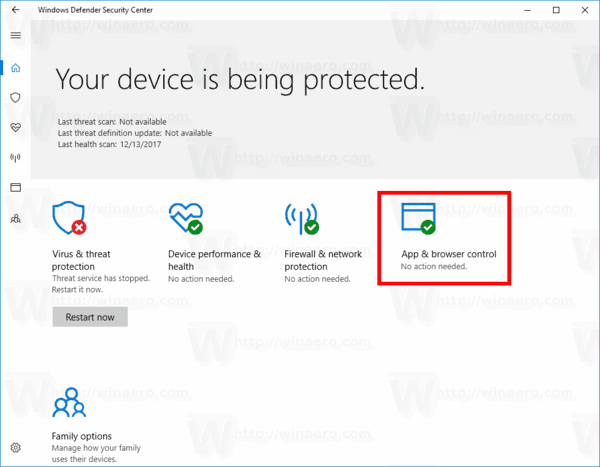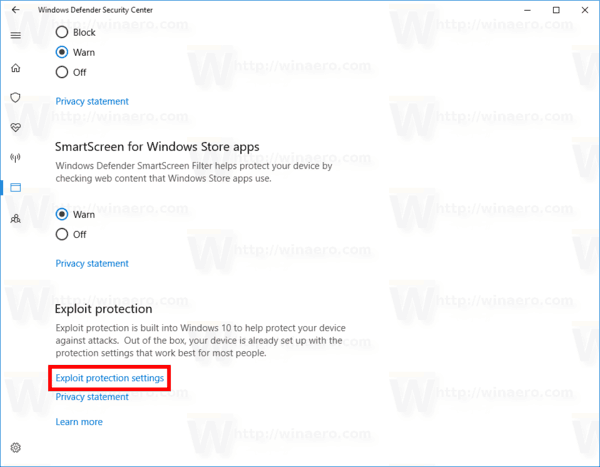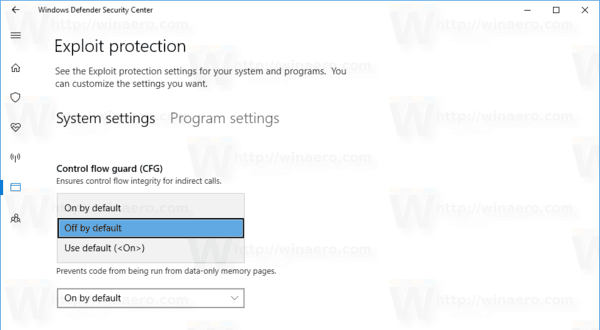A number of users have faced sudden and unusual user interface slowdowns in Windows 10. You will notice that File Explorer opens windows very slowly, and you can see how its window appears bit by bit. It may remind you of issues with graphics drivers, but in this case, that is not the problem. This issue affects users who have installed Windows 10 Fall Creators Update.
Advertisеment
The symptoms can be as follows:
- Opening a new Explorer window takes a lot longer.
- You almost see the window gets drawn slowly.
The Task Manager doesn't show any abnormal app activity or a resource hog. Everything appears to be as it should be. Even heavy 3D games may work fine.
The real reason is the updated Windows Defender. The app now comes with an extra protection feature, Exploit protection with Control Flow Guard. Control Flow Guard is the cause of the issue.
Control Flow Guard (CFG) is a highly-optimized platform security feature that was created to combat memory corruption vulnerabilities. By placing tight restrictions on where an application can execute code from, it makes it much harder for exploits to execute arbitrary code through vulnerabilities such as buffer overflows. CFG extends previous exploit mitigation technologies such as /GS, DEP, and ASLR.
The only way to fix this issue is to disable Control Flow Guard. Here is how it can be done.
Fix User Interface Slow Downs in Windows 10
- Open Windows Defender Security Center.
- Click on App & browser control.

- On the right, scroll down to Exploit protection and click on the link Exploit protection settings.

- On the next page, set the option Control Flow Guard (CFG) to Off by default using the drop down list.

You are done!
This should resolve all the GUI performance and responsiveness issues in Windows 10 Fall Creators Update.
Huge thanks to Andre @MagicAndre1981 for this finding!
What do you think about this regression? Many of the security features in Windows 10 are nice but because they're newly coded, they have not been extensively tested. The consumer is the tester now with Windows-as-a-Service.
Support us
Winaero greatly relies on your support. You can help the site keep bringing you interesting and useful content and software by using these options:

Thanks for the tip… right when I thought Windows 10 was starting to become sort of stable and reliable, Microsoft appears with another update messing it up all over again.